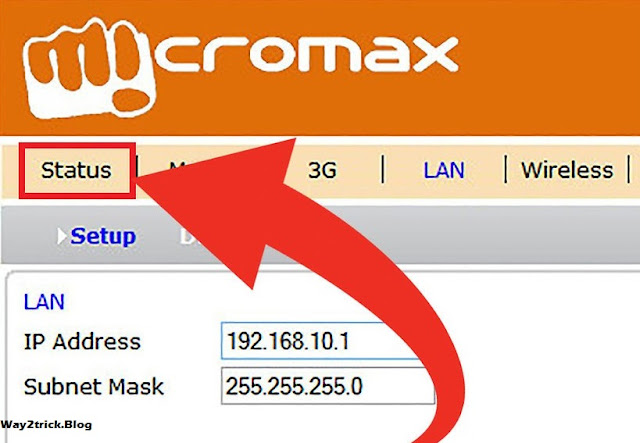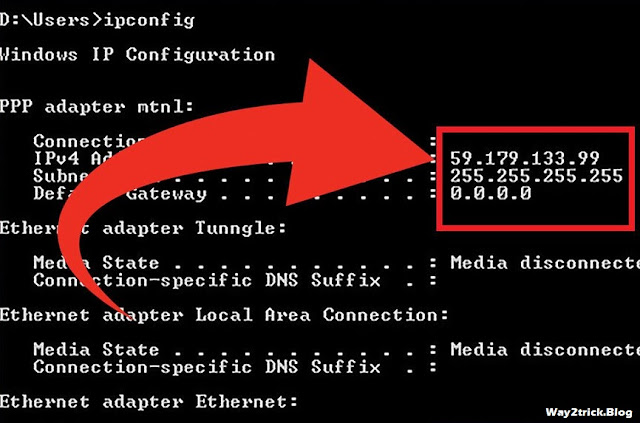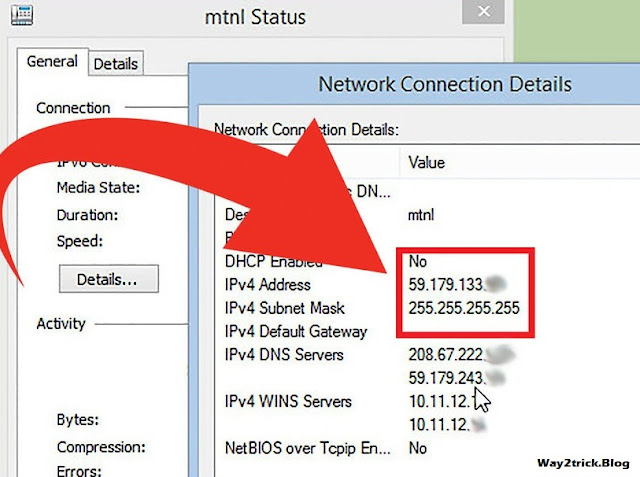Six Methods: Finding Your Public IP Using A Search Engine Finding Your Public IP In Your Router Settings Finding Your Windows Private IP Using the Command Prompt Finding Your Windows Private IP using Network Connections Finding Your Private IP on Linux IP Websites
When
your PC is connected to a network, it is assigned an address on the
network called an IP address. If the PC is connected to a network as
well as the internet, then the PC will have an internal IP address which
marks its location on the local network, and an external IP, which is
the IP address of your internet connection. Follow this guide to find
both.
> Method 1 of 6: Finding Your Public IP Using A Search Engine
1.) Open Bing or Google.
These
two search engines will allow you to quickly find your external, or
public, IP address. This is the address of your router or modem that can
be seen by the rest of the internet.
2.) Type ip address into the Search field.
Press ↵ Enter. This search command will display your public IP address. It works on Google, Bing, Ask, DuckDuckGo, and several other search engines, but does not work with Yahoo.
Your
public IP address will be displayed at the top of the search results,
sometimes in its own box. If you are using Ask, it is located at the top
of the More Answers section.
- Your public IP address will be four groups of up to three numbers, separated by periods. For example, it might look like 199.27.79.192.
- This IP address is assigned to you by your internet service provider. Most external IP addresses are dynamic, which means they change from time to time. This address can be masked using proxies.
> Method 2 of 6: Finding Your Public IP In Your Router Settings
1.) Open your router’s configuration page.
Almost all routers can be accessed through a web interface
where you can see and adjust settings. Open the web interface by
entering the router’s IP address into a web browser. Check your router’s
documentation for the specific address. The most common router
addresses are:
- 192.168.1.1
- 192.168.0.1
- 192.168.2.1
2.) Open the Router Status, Internet, or WAN page.
The
location of the external IP address will vary from router to router.
Most have it listed in the Internet, Router Status, or WAN (Wide Area
Network) Status pages.
- If you are using a newer Netgear router with the Netgear Genie configuration software, click the Advanced tab to load the Advanced Home section.
3.) Find the IP address.
Under
the "Internet Port" or "Internet IP Address" section in the Router
Status, Internet, or WAN page, your IP address should be listed. The IP
address is 4 sets of digits, with up to three digits per set. For
example, it might look like 199.27.79.192.
- This is the IP address of your router. Any connections made out of your router will have this address.
- This IP address is assigned to you by your internet service provider. Most external IP addresses are dynamic, which means they change from time to time. This address can be masked using proxies.
> Method 3 of 6: Finding Your Windows Private IP Using the Command Prompt
1.) Open the command prompt.
Press ⊞ Win+R and type cmd into the field. Press ↵ Enter to open the Command Prompt.
- In Windows 8, you can press ⊞ Win+X and select the Command Prompt from the menu.
2.) Run the "ipconfig" tool.
Type ipconfig and press ↵ Enter.
This will display a list of your network connection information. All of
the network connections on your computer will be displayed.
Your
active connection may be labeled Wireless Network Connection, Ethernet
adapter, or Local Area Connection. It may also be labeled by the
manufacturer of your network adapter. Find your active connection and
look for IPv4 Address.
- The IP address is four sets of digits, with up to three digits per set. For example, it might look like 192.168.1.4
- The ipconfig printout is long, so you may have to scroll up to find the IPv4 address.
> Method 4 of 6: Finding Your Windows Private IP using Network Connections
1.) Open the Network Connections window.
You can quickly access this window in any version of Windows by pressing ⊞ Win+R and typing ncpa.cpl. Press ↵ Enter to open the window.
Select Status from the menu. This will open the connection's Status window. If you are running Windows XP, click the Support tab.
Click the Details...
button. This will open the Network Connection Details window. Your
internal IP address will be listed in the "IP Address" or "IPv4 Address"
entry.
- Your internal IP address will be four groups of up to three numbers, separated by periods. For example, it might look like 192.168.1.4
- Your internal IP address is the location of your computer on your network.
> Method 5 of 6: Finding Your Private IP on Linux
1.) Open the Terminal.
You
can check the internal IP address of your Linux computer through the
Terminal command line. You can access the Terminal by selecting it from
your distribution's Utilities folder, or by pressing ^ Ctrl+⎇ Alt+T in most distributions.
There
are a couple of different commands that can display your IP address.
The first one is the new standard for checking IP addresses, while the
second command has been deprecated, but should still work in virtually
all distributions.
- sudo ip addr show - You will need to enter your administrator password after performing this command.
- /sbin/ifconfig - You may be told that you don't have administrative privileges for this command. If so, type sudo /sbin/ifconfig and then enter your password.
3.) Find your IP address.
Each
of these commands will display the connection details for all of your
installed connections. Find the connection that you are using. If your
computer is connected via Ethernet, the connection will most likely be eth0. If you are connected via wireless, it will most likely be wlan0
- Your internal IP address will be four groups of up to three numbers, separated by periods. For example, it might look like 192.168.1.4


 03:59
03:59
 Ganesh Sharma
Ganesh Sharma




















0 comments:
Post a Comment